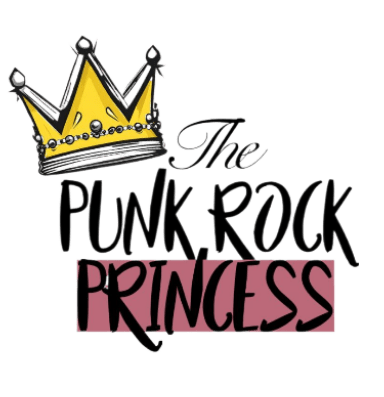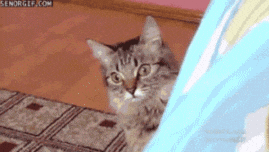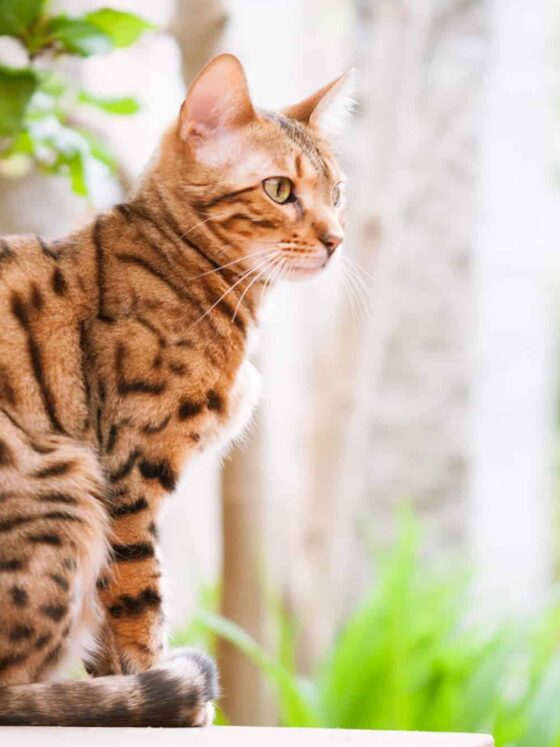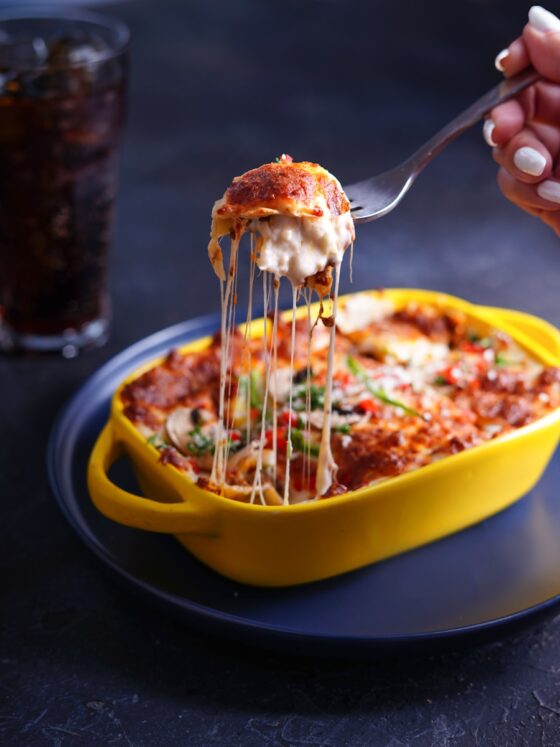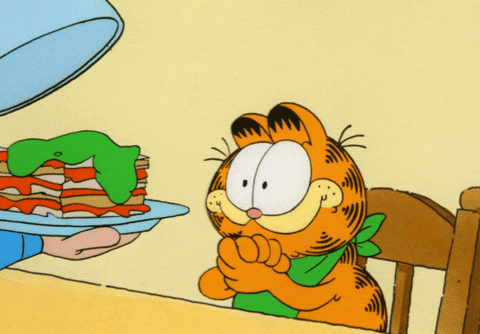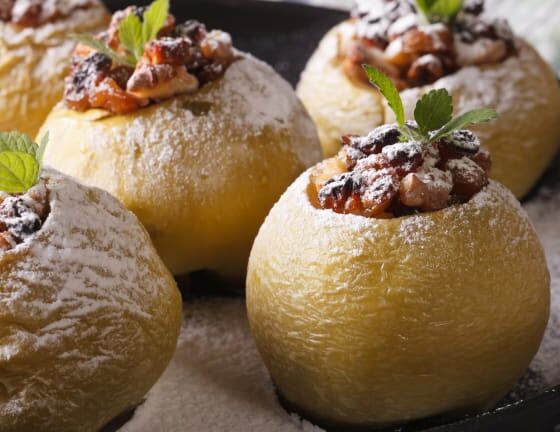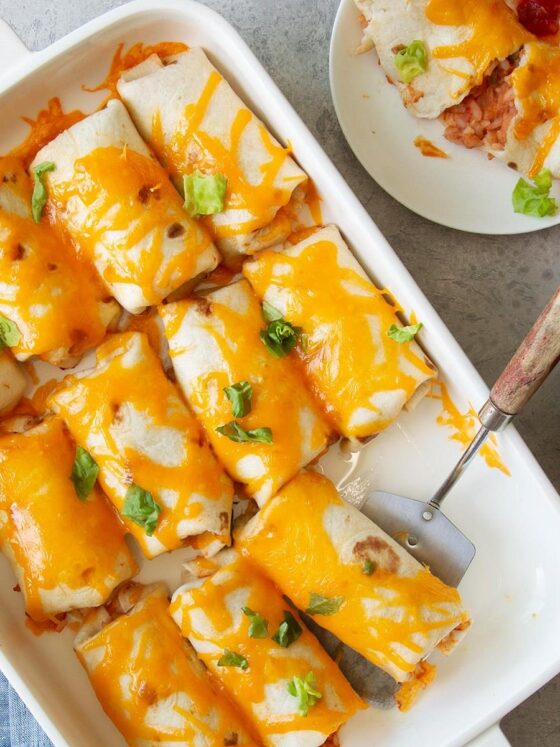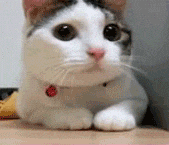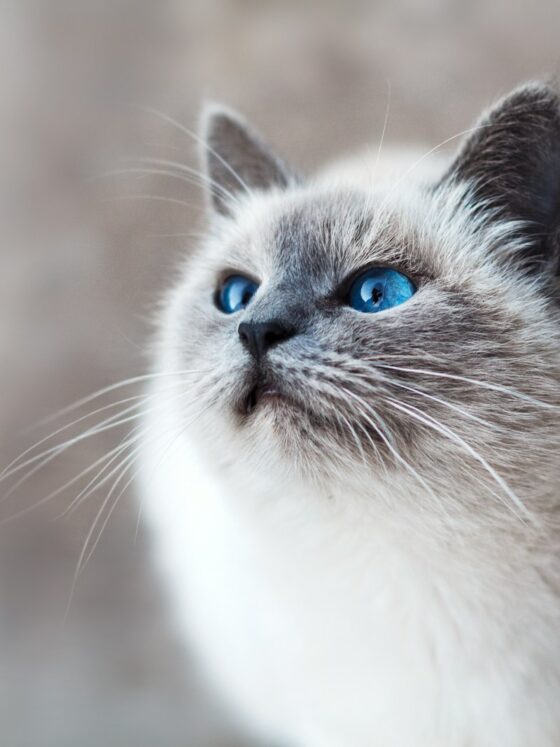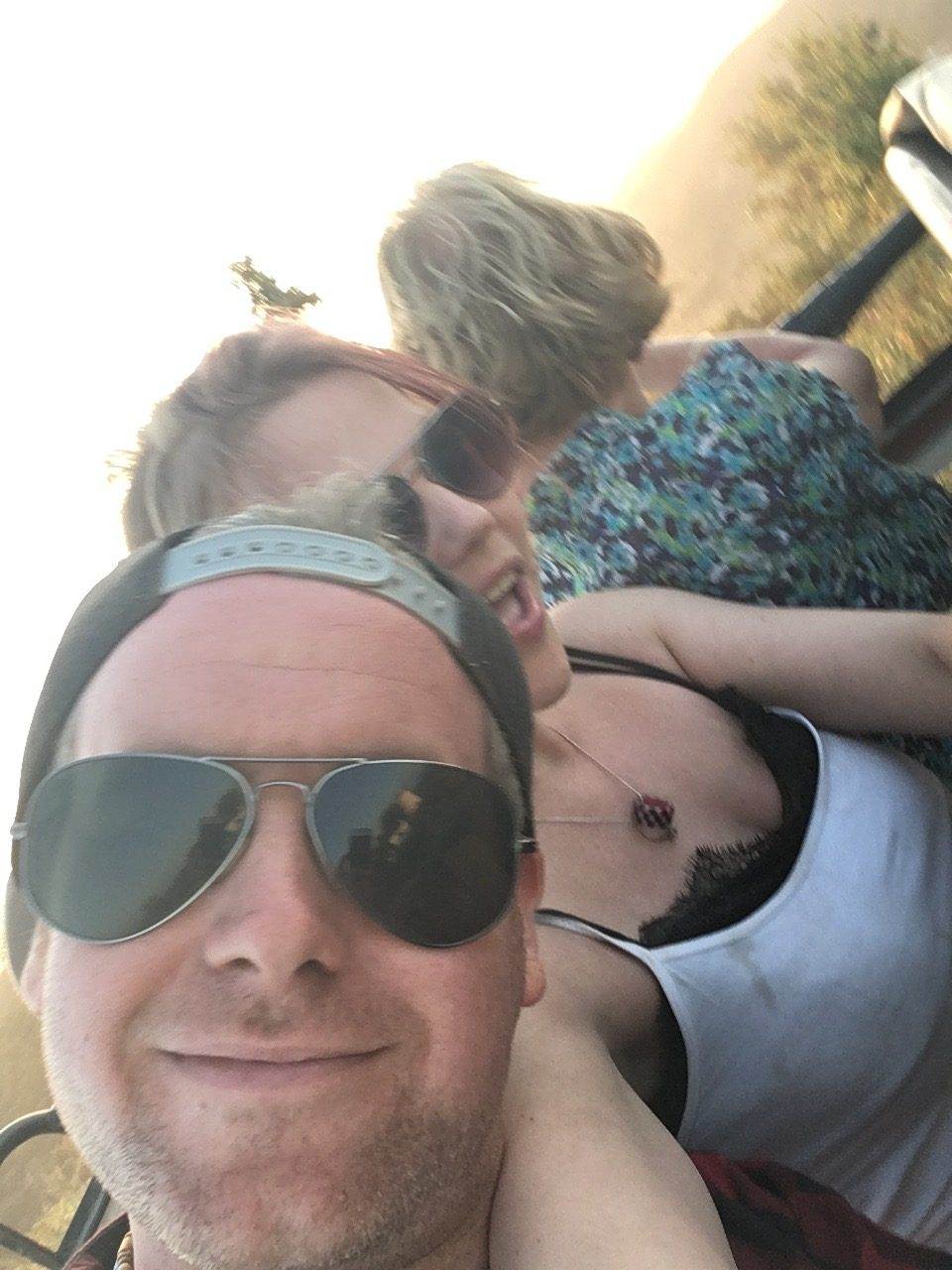Creating the perfect diet for your cat is no small task. Commercial cat foods—whether wet or dry— often come with hidden flaws. From questionable ingredients to artificial additives, they simply do not meet the unique needs of every cat.
At the end of the day, your cat is a carnivore. Their ancestors thrived on raw meat, not grains. Many kibble brands include wheat, maize, and other fillers in their formulas— leading to allergies, stomach troubles, sensitivities, poor digestion, obesity, and more.
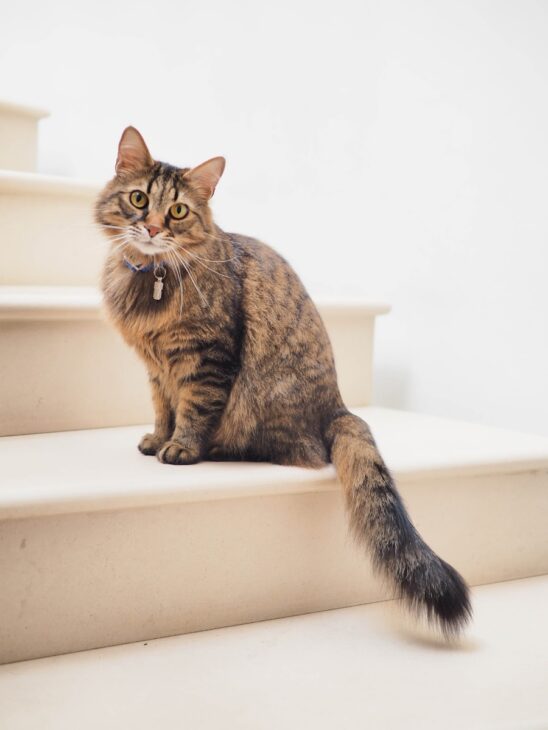
What’s the good news? Making your own cat food at home is easier (and more rewarding) than you think.
Why consider homemade cat food?
- Control over ingredients
- No hidden additives or fillers
- Better digestion and weight management
- Fresher, more nutritious meals
- Happier, healthier cats!
Foods cats can eat vs foods they must avoid
Safe and healthy options:
- Beef, chicken, turkey
- Whole grains like brown rice (in moderation)
- Cooked fish like salmon and tuna
- Cooked eggs
- Some vegetables (carrots, peas)
- Cheese (small amounts)
Dangerous foods to avoid:
- Chocolate
- Grapes and raisins
- Onions and garlic
- Macadamia nuts
- Bread dough
- Alcohol
- Xylitol (found in sugar-free foods)
Always double-check ingredients and consult your vet when introducing new foods.
Delicious homemade cat food recipes
Ready to treat your feline to a homemade feast? Let’s get cooking!
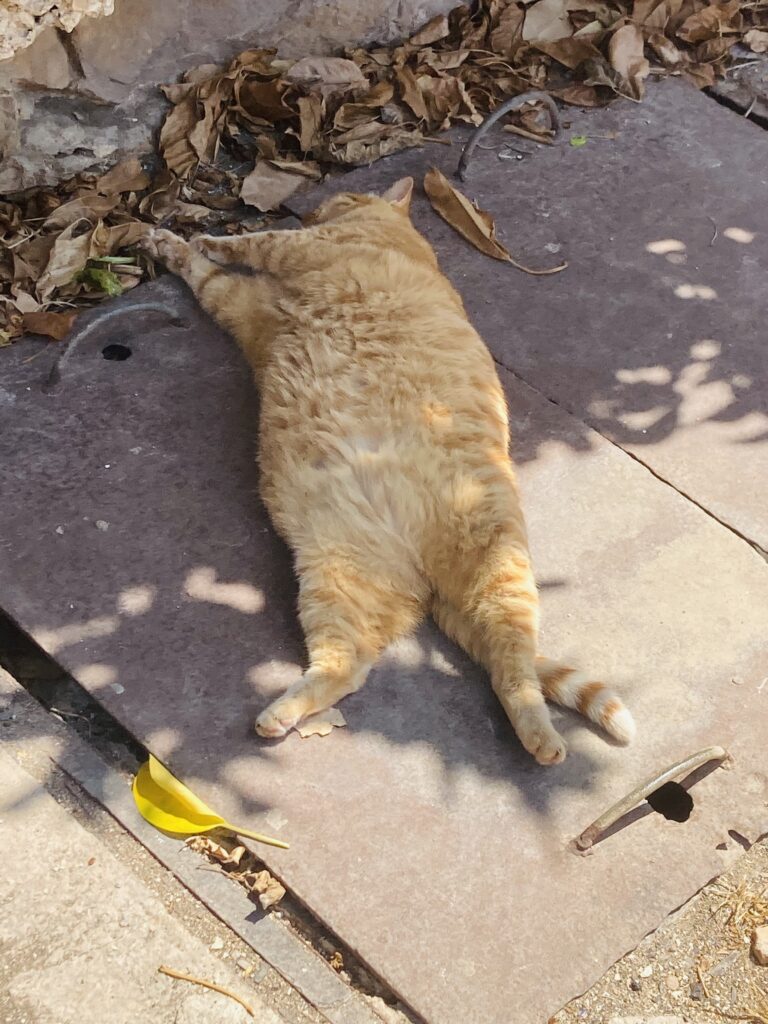
Birthday cake for your cat
This product is a fun, paw-some treat for special celebrations!
Ingredients:
- ½ cup canned tuna, drained
- 1 cup whole wheat flour
- 1 egg
- 1 tablespoon dried catnip
- ¼ cup water
- Non-fat plain yoghurt (for frosting)
- Small cat-safe treat for decoration
Instructions:
- Preheat your oven to 180°C (350°F).
- Mix tuna and flour in a bowl.
- Add the egg and combine well.
- Fold in the catnip.
- Gradually add water until you form a dough.
- Shape into mini cakes or cupcakes.
- Bake for 10–12 minutes until golden.
- Cool completely, then frost lightly with yoghurt.
- Add a cat-safe treat on top and serve!
Pro tip: Check out more birthday treats for cats.
Cooked rabbit and poultry dinner
This dish is packed with flavour and protein!
Ingredients:
- ¼ cup cooked rabbit meat (boneless, skinless)
- ¼ cup cooked poultry (chicken or turkey)
- ¼ cup mashed sweet potato
- 1 tablespoon mashed peas
- ¼ teaspoon fish oil (optional)
- Water if needed
Instructions:
- Cook rabbit and poultry separately; dice finely.
- Mash sweet potatoes and peas.
- Combine all ingredients, adding fish oil if desired.
- Add a splash of water for the right consistency.
- Cool before serving.
Eggs for breakfast
This muffin is a protein-rich morning treat.
Ingredients:
- ¼ cup cooked, diced chicken
- ¼ cup cooked plain rice
- 1 tablespoon canned pumpkin
- 1 teaspoon olive oil (optional)
Instructions:
- Cook chicken and rice.
- Mix in canned pumpkin and olive oil.
- Cool before serving.
Please consider trying this recipe next: homemade pumpkin treats for cats.
Mackerel and rice mash
This dish is rich in omega-3s and so easy to make!
Ingredients:
- 1 small canned mackerel, drained
- ¼ cup cooked plain rice
- 1 teaspoon fish oil (optional)
- Water as needed
Instructions:
- Mash mackerel and rice together.
- Add fish oil if using.
- Adjust the water to the desired texture.
- Serve at room temperature.
Baked trout dinner
This delicious dish is a five-star meal for your little hunter.
Ingredients:
- 2–3 small trout fillets (boneless)
- ¼ cup cooked mashed peas
- ¼ cup cooked mashed carrots
- 1 teaspoon olive oil (optional)
Instructions:
- Preheat oven to 180°C (350°F).
- Bake trout fillets for 15–20 minutes until flaky.
- Flake trout into small pieces.
- Mix with mashed peas and carrots.
- Serve once cooled.
Chicken and tuna feast
Purrfect for picky eaters!
Ingredients:
- ¼ cup cooked, diced chicken
- ¼ cup canned tuna (in water, drained)
- ¼ cup cooked plain rice
- ¼ cup mashed peas
- Water as needed
Instructions:
- Mix chicken, tuna, rice, and peas.
- Add a splash of water for texture.
- Serve small portions.
Cat salad
A veggie treat your cat will love!
Ingredients:
- ¼ cup cooked, shredded chicken
- ¼ cup mashed sweet potato
- A few diced, cooked green beans or peas
- 1 teaspoon plain yoghurt (optional)
Instructions:
- Combine all ingredients well.
- Serve cooled.
- Optional: top with a dollop of yoghurt.
Simple homemade chicken and rice meal
A fantastic all-rounder!
Ingredients:
- ½ cup cooked, diced chicken
- ¼ cup mashed sweet potato
- ¼ cup mashed peas
- ¼ cup cooked brown rice
- ¼ teaspoon fish oil (optional)
- Vet-recommended vitamin supplement
Instructions:
- Mix everything together thoroughly.
- Cool before serving.
- Store leftovers in the fridge for up to three days.
Important tips when making homemade cat food
- Consult your vet before switching diets.
- Use fresh, high-quality ingredients.
- Balance nutrients — cats need taurine, omega-3s, vitamins, and minerals.
- Avoid seasoning — no salt, onion, garlic, or spices.
- Portion control — these meals should complement, not replace, regular diets unless vet-approved.
Final thoughts
Homemade cat food can be a fun, rewarding way to bond with your furry friend. Whether it’s a special birthday cake or a simple trout dinner, you’re offering them fresher, healthier, tastier options — made with love.
Always remember, moderation is key. Keep your vet involved in any major dietary changes and enjoy treating your cat to some home-cooked goodness!
Also read: Top 10 recommended healthy cat treats
Frequently asked questions about homemade cat food
Is homemade cat food healthier than commercial cat food?
Homemade cat food can be healthier if properly balanced.
You can control the quality of the ingredients, avoid fillers, and customise the diet to meet your cat’s needs. However, it is essential to consult your vet to ensure all nutritional needs, especially taurine, are covered.
Can I feed my cat only homemade food?
Yes, but only if the diet is carefully formulated.
Cats are obligate carnivores and have specific nutritional requirements that homemade diets must meet. Always work with your vet or a pet nutritionist before moving to a fully homemade diet.
What supplements should I add to homemade cat food?
Essential supplements often include:
- Taurine (crucial for heart and eye health)
- Calcium (especially if not feeding raw bones)
- Omega-3 fatty acids (from fish oil)
- Vitamin E
Your vet can recommend a complete supplement tailored to your cat’s needs.
Can kittens eat homemade cat food?
Kittens have entirely unique nutritional needs from adult cats.
If you’re making homemade food for kittens, you must formulate it under veterinary supervision to ensure they receive the right balance of protein, calcium, fat, and vitamins during their growth stage.
How should I store homemade cat food?
- For longer storage, freeze portions and thaw as needed.
- Store portions in airtight containers.
- Refrigerate and use within three days.

